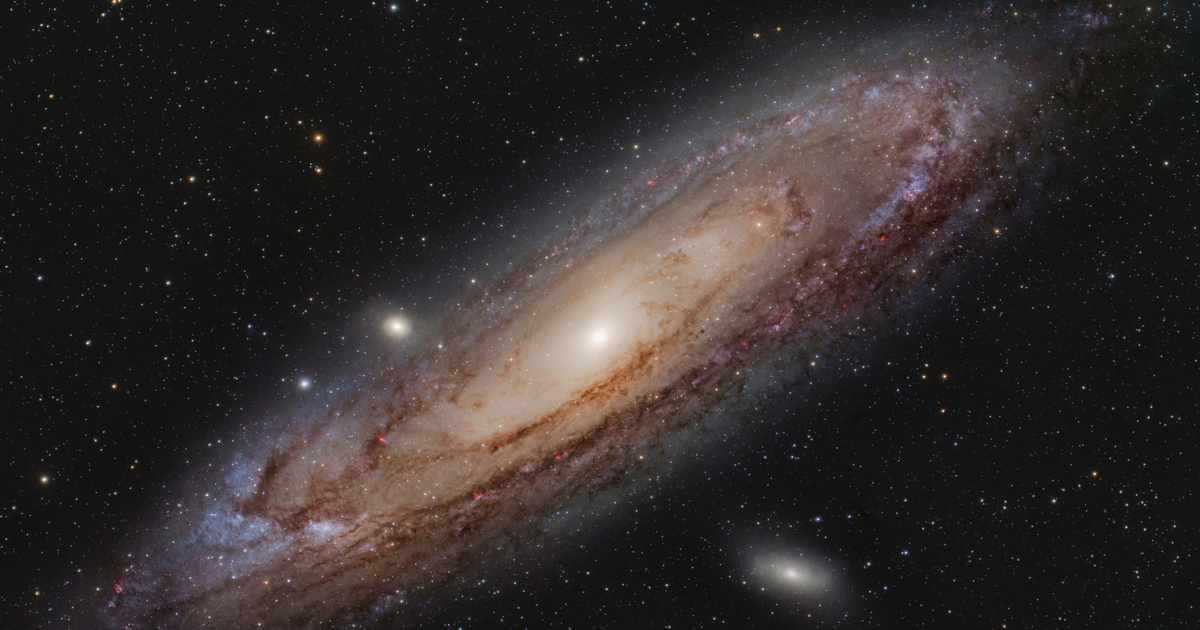There were no apple trees in the Cambridge area at that time, but according to legend, an apple fell on Sir Isaac Newton's head, hence the first theory of gravity, mass gravity. Accordingly, two bodies attract each other with a force equal to the product of their masses, which is inversely proportional to the square of the distance between them.
Albert Einstein described in his theory of general relativity that mass can warp spacetime, and gravity is the result of this warping of spacetime.
Gravity is closely related to mass in both theories. There's only one factor missing that explains why the stars that make up galaxies move in circles instead of flying and spreading out. This factor is dark matter, which makes up 85 percent of the mass of the universe, but we do not know exactly what it is because we have never been able to measure or explain it adequately.
Among the emerging theories, the newest and most extreme is that of astrophysicist Richard Liu. According to a University of Alabama colleague, the universe contains topological defects in crust-like layers, which have a gravitational effect even without mass.
His snowshoes were full
The scientist attempted to find a solution to Einstein's simplified field equations that would lead to finite gravity with no detectable mass.
Frustration with the status quo has led us to consider the existence of dark matter, even though there has been no direct evidence for more than a century
Leo explained.
According to him, topological defects are cosmological structures that appear in regions where matter is present in particularly high densities. The topological deformations are located on top of each other in several layers: the inner layer acts as a positive mass, and the outer layer acts as a negative mass. The sum of the shells is zero, and they cancel each other out. At the same time, the star inside the inner shell is affected by the strong gravity that pulls it towards the center of closed space. In general, it is this effect that stabilizes the structure of galaxies.
This explanation makes dark matter redundant, but at the same time, the question is how it can be justified. According to Liu, the solution lies in the ring shapes of galaxies. At the same time, the specialist admitted that all this is a mathematical exercise, the essence of which is that there is a mathematical solution in which gravity is independent of mass. All this is not enough to disprove the dark matter hypothesis. The solution may lie in small primordial black holes, neutrinos, axons, weak particles, or dark photons.
As you know, since 2022, astronomers have been reporting on superbows, circular cosmic structures made up of galaxies as large as 1 gigabar. In January of this year, news of an astronomical discovery describing two concentric rings of galaxies near the aforementioned arc was similar. This structure, with a diameter of 1.3 billion light-years and 3.3 billion light-years, reflects the early state of the universe, 9.2 billion years ago. These cosmic structures are too large to be explained by our current theories, and according to the scientific opposition, we see shapes in a collection of practically random elements. The mass-independent theory of gravity also puts these celestial phenomena in a completely different light.
(New Atlas, Science Alert, The universe today)














































